[Rishishuk-ji Temple in Hojuzan, Yamagata, Tohoku, Japan]
[Master Ennin Jikaku]
[The Corridor of the Four Northeastern Temples]
1200 years across time and space
The origin of 1200 years ago
Master Ennin was a Japanese monk who climbed Mount Hiei at the age of fifteen and became a disciple of Master Saicho. He was one of the eight monks who entered the Tang Dynasty. In 838 AD, he entered the Tang Dynasty as a short-term “monk seeking advice”. Due to some reasons, he was unable to seek Dharma in Mount Tiantai. On his way back to China, he encountered a strong wind and was stranded. He traveled to Mount Wutai, Chang’an and other places, and learned Tiantai and Tantric Buddhism from local famous teachers. During this period, he returned to secular life due to the “Huaichang Suppression of Buddhism” by Emperor Wuzong of the Tang Dynasty.
After returning to his country, he brought back to Japan the Pure Land method of “Five Sessions of Chanting the Buddha’s Name” that he had learned in Mount Wutai, which had a great influence on the Pure Land belief that originated from Mount Hiei in the future. After returning to Japan, Master Ennin was worshipped by three emperors in succession, and he once again sparked a craze for esoteric Buddhism in the Japanese government and the public, following Kukai. Master Ennin’s ten years of seeking Dharma in the Tang Dynasty were widely praised, and after his death, Emperor Seiwa bestowed upon him the posthumous title of Jikaku Master.
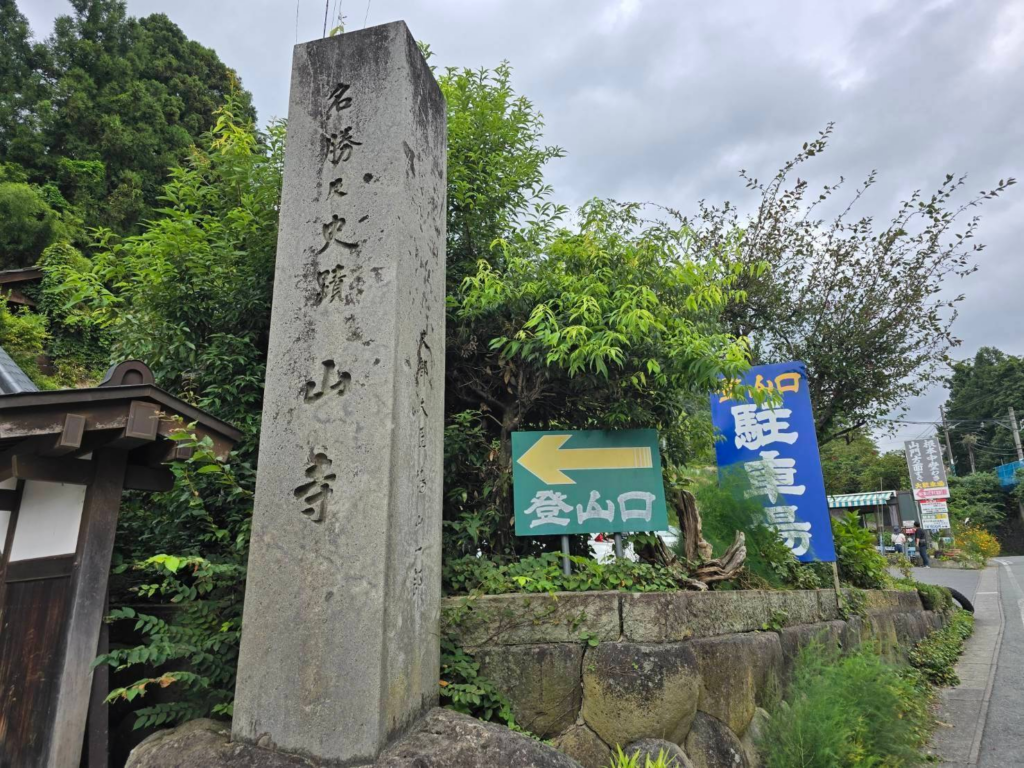
Ennin was born in Shimofuke Province (now Tochigi Prefecture), and converted to Buddhism at the age of nine, becoming a disciple of Saicho at Enryakuji Temple on Mount Hiei. In 838 AD, he entered China and studied Buddhism in Mount Wutai and Chang’an. After returning to China, he became the third generation of Tiantai Sect monk and devoted himself to promoting Tiantai Sect. After his death, he was posthumously recommended by the imperial court as Master Ci Jue. Although historical records of Ennin’s visits to eastern Japan are uncertain, there are many temples in the Kanto and Tohoku regions that are said to have been founded or rebuilt by Ennin. According to temple legend, Zuiganji Temple was founded in Enninji Temple in 828, Rikshokuji Temple in 860, Jōgen-chūsonji Temple and Motsuji Temple in 850, and Kasho Temple in 830.
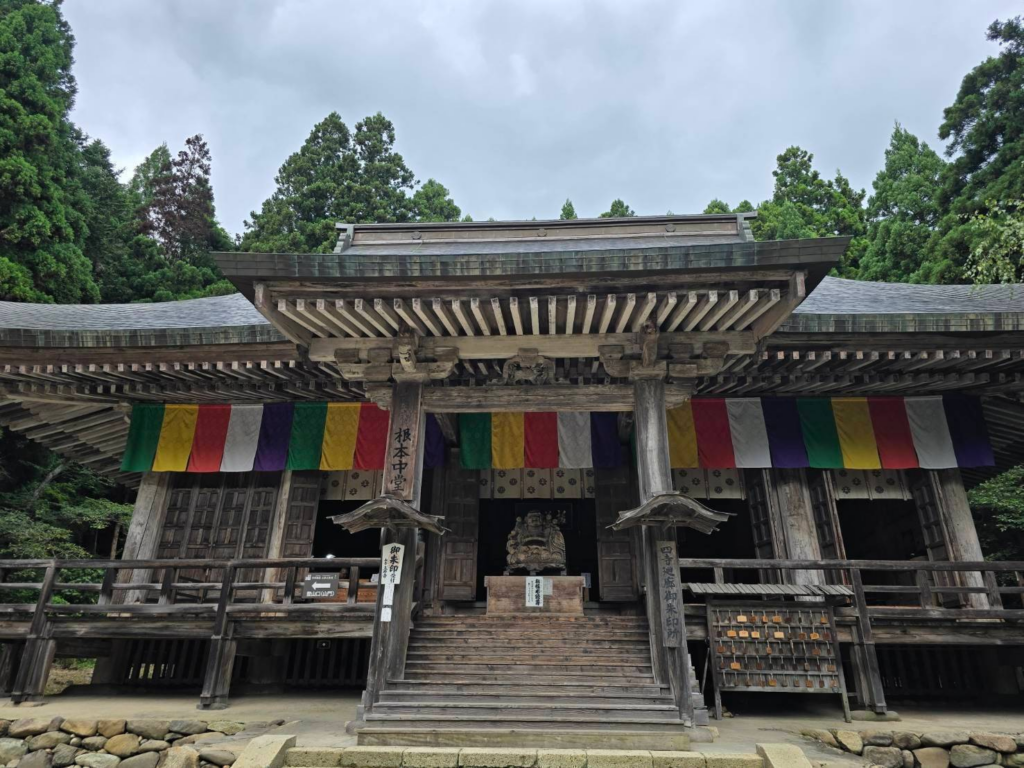
Internet:
【Yamadera is located in Yamagata Prefecture. Its official name is Hojuzan Risshakuji Temple because the entire temple is built along the rugged cliffs of Hojuzan. During the Heian period, Master Jikaku was dedicated to spreading Buddhism in the Tohoku region. After founding Zuiganji Temple in Matsushima in 828 AD, he founded a mountain temple in 860 AD at the request of Emperor Seiwa, which became the branch of Enryakuji Temple on Mount Hiei. During its heyday during the Kamakura period, the area covered one million square meters, with more than 300 temples on the mountain and below, making it the center of the Tohoku Buddhist community. Unfortunately, it was completely destroyed by war at the end of the Muromachi shogunate, and was not gradually revived until the Edo period. The current area of the mountain temple is 350,000 square meters, and it is not only a representative of Japan’s mountain Buddhist sacred sites. 】

About four months ago, we decided to go on a group tour with our family.
We chose from the DM Northeast Asia and Southeast Asia tour chosen by my wife.
I glanced at them casually and
found that it looked more fun,
so without much consideration, I chose the current Japan Northeast tour.
A day or two before departure, I roughly knew that there were two Buddhist temples to visit on this trip, and I casually said that it might be the Medicine Buddha?
When I have some free time, I will read the articles,
and find out that this trip includes Risshaku-ji Temple in Yamagata and
Zuigan-ji Temple in Matsushima; I searched Google carefully and was surprised by the touching stories.
In addition to being a world heritage site,
I found the “Eternal Dharma Lamp” in Risshaku-ji Temple in Yamagata that has been burning for thousands of years without being extinguished;
and the Medicine Buddha carved by Master Ennin Kakuji himself,
and the Tendai sect’s Mt. Hiei.
A story that shocks the world from ancient times to the present day.
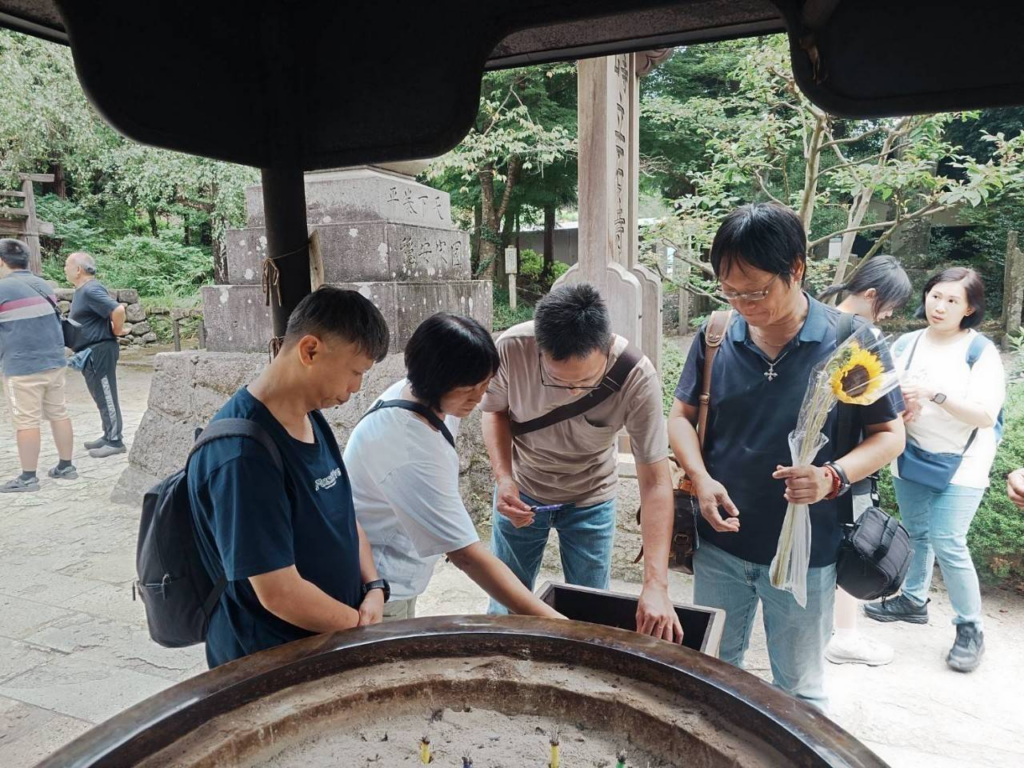
Hojuzan Risshakuji Temple was on the second day’s itinerary.
As the visit took about 40 minutes,
and because I had looked up some relevant information about the temple,
I thought to myself:
This sacred mountain resort is like Wudang Mountain, with large and small buildings and palaces, and the Golden Summit of Wudang Mountain also has the Eternal Dharma Lamp.
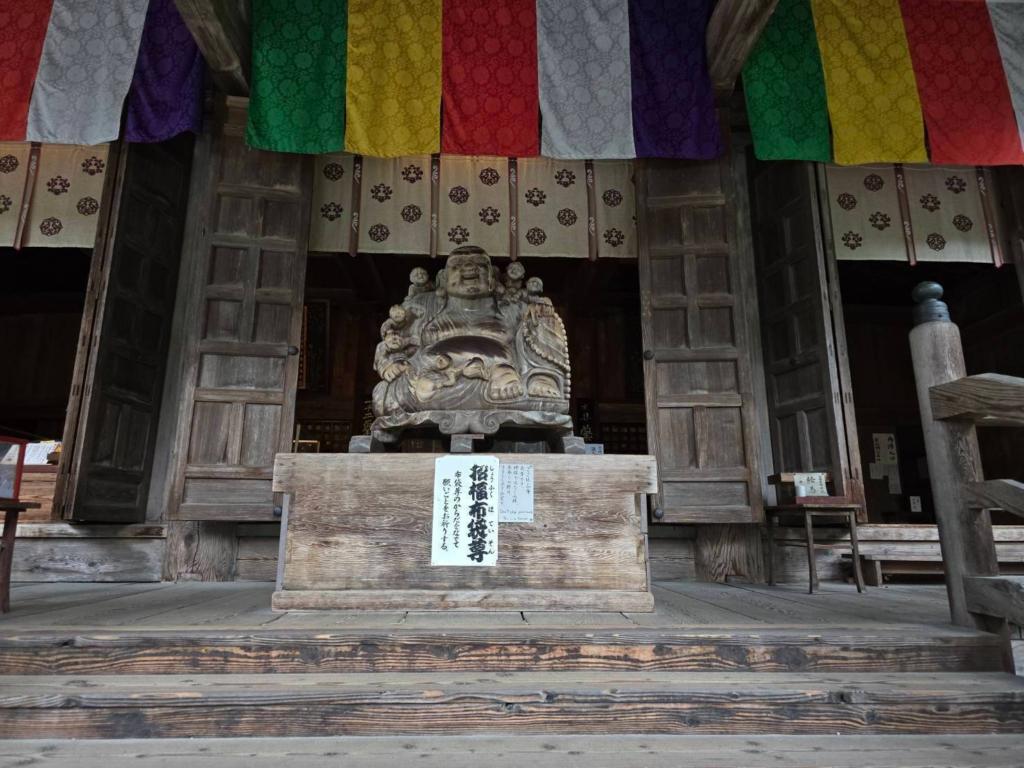
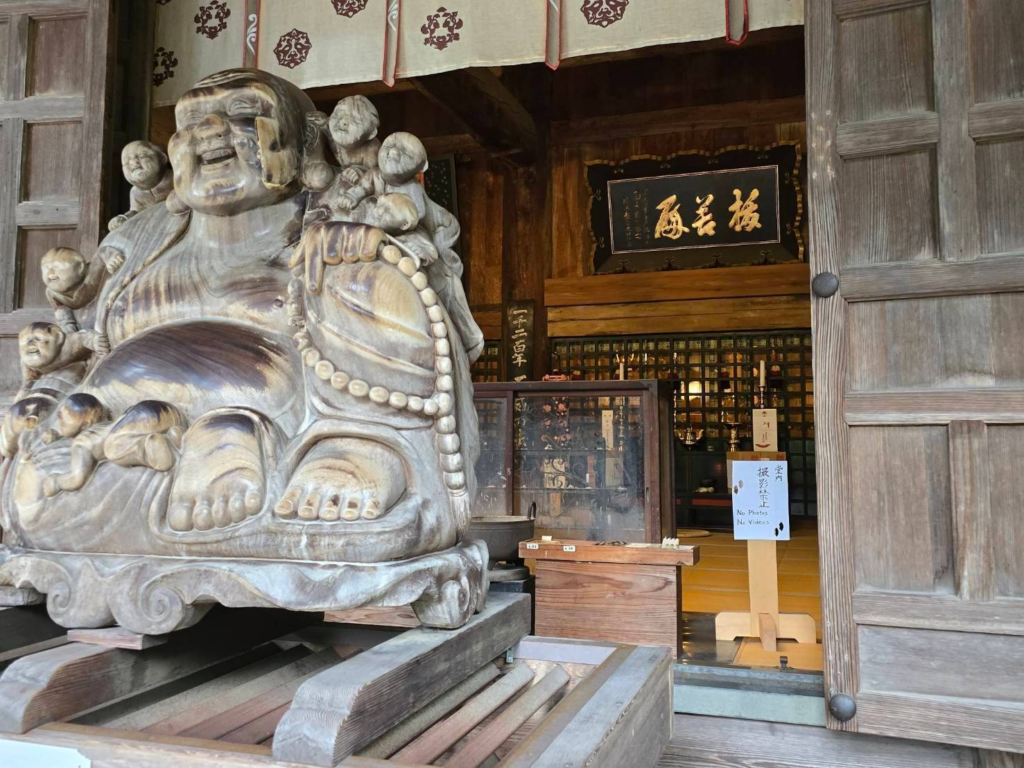
Rishikawa Temple currently covers an area of 350,000 square meters. The entire temple is built along the rugged cliffs of Mount Hoju. It takes at least 2 hours to walk around the entire mountain, so I decided to just visit the Medicine Buddha in the core hall.
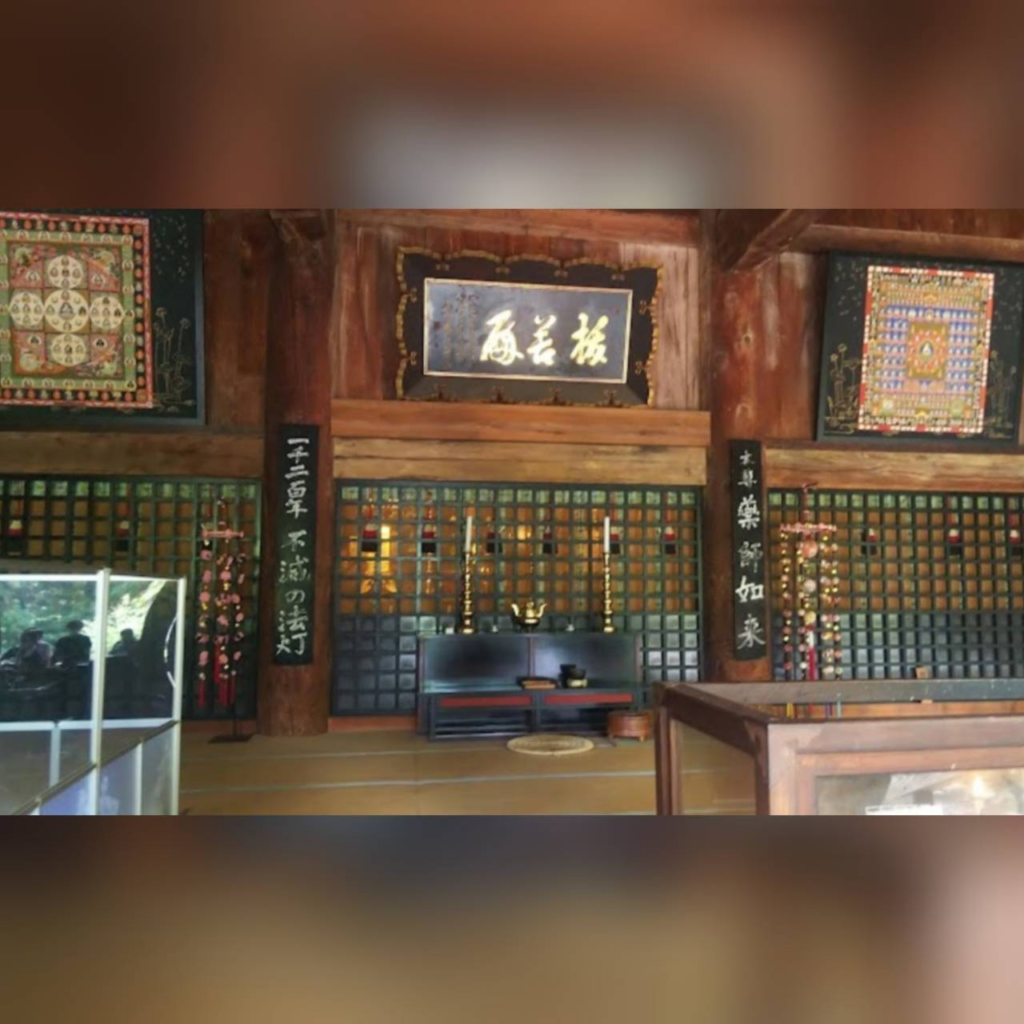
Kongenchudo is the main hall
First, we come to the Kongenchudo, which was rebuilt in 1356 by the first lord of Yamagata Castle. It is the oldest beech building in Japan.
The main hall houses the “Wooden Seated Statue of Medicine Buddha” which is said to have been made by Master Jikaku himself,
as well as the “Thousand-Year-Old Immortal” Dharma Lamp from Mount Hiei!
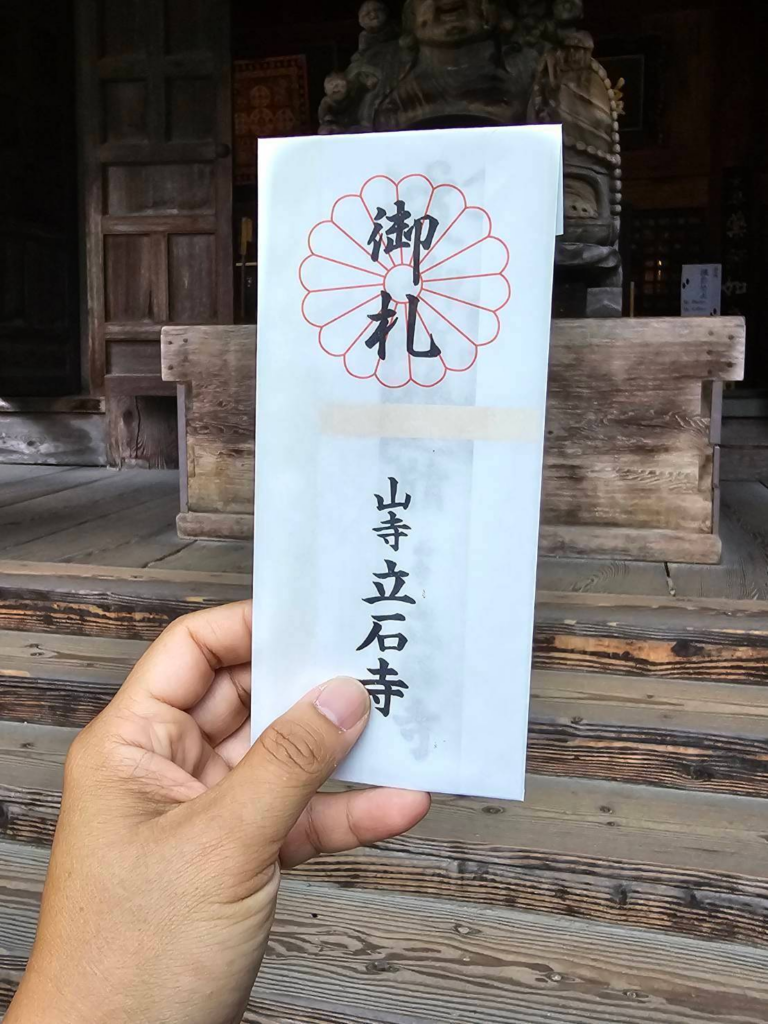
Hojuzan Risshakuji Temple was on the itinerary for the second day. On the first night, I happened to be visiting a supermarket similar to Taiwan’s PX Mart near Tsuruoka Station.
When I saw they were selling flower bouquets,
I immediately thought of buying some flowers to offer to the Medicine Buddha.
I called the tour guide to ask if it was ok, and after confirming it, I bought a bunch of sunflowers. After seeing it in person, the tour guide said that the bouquet might be too big.
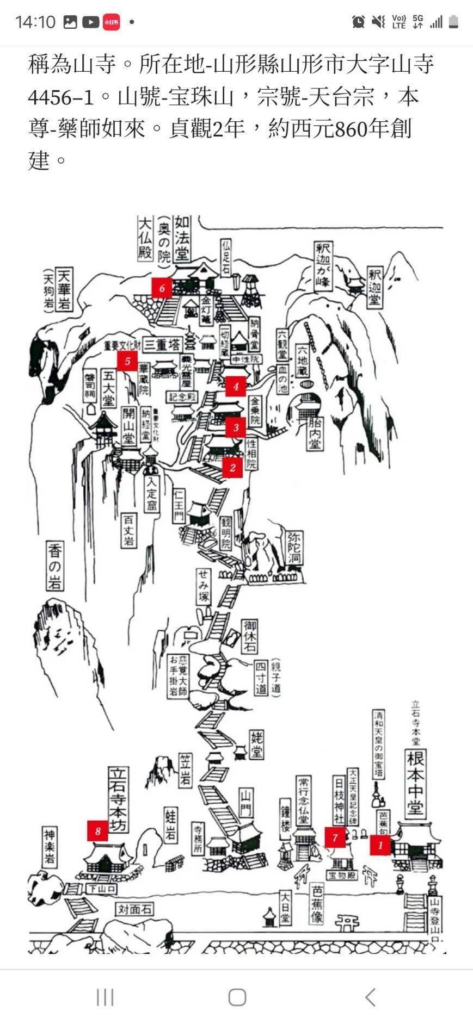
On the second day, we arrived at the Core Central Hall of Risshaku-ji Temple in Yamagata. After burning incense and paying homage, nearly 20 people followed the tour guide to visit other shrines and branch halls.
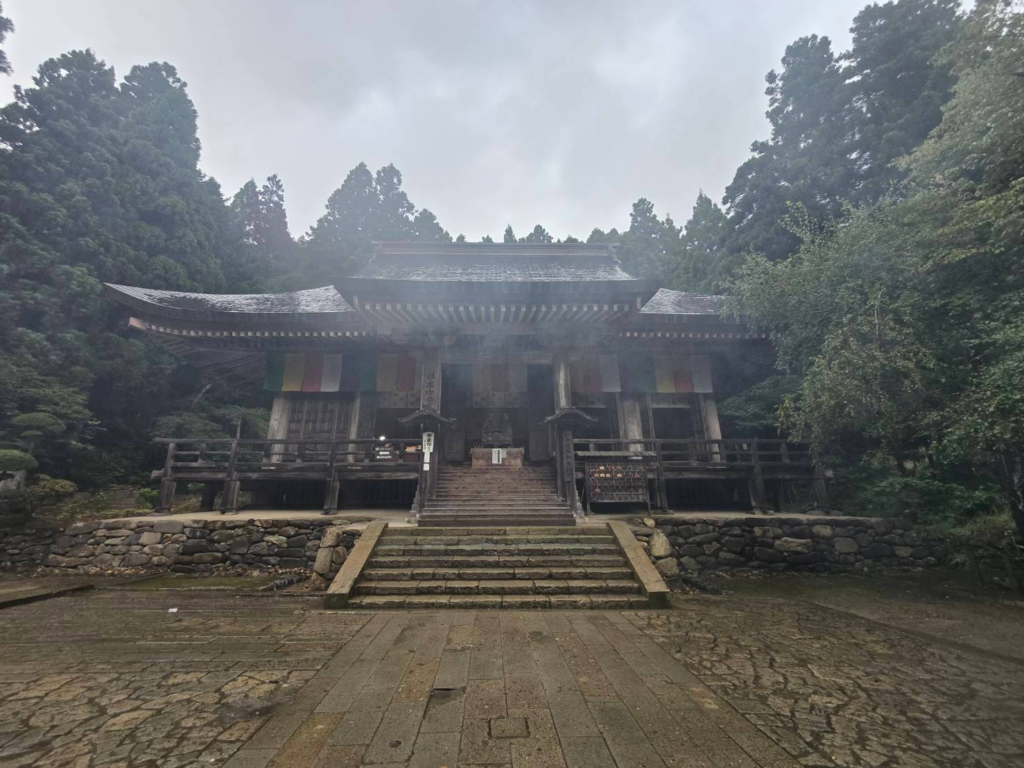
The main hall houses the “Wooden Seated Statue of Medicine Buddha” said to have been made by Master Jikaku himself,
as well as the “Thousand-Year-Old Immortal” Dharma Lamp from Mount Hiei!
Network Basics
【For centuries, the eternal lamp of Dharma has been gently illuminating the inner hall of the main hall of Yamadera Temple, the Konkonchu-do. Located at the foot of Mt. Hoju, Konponchu-do is the first building visitors see as they head to the top of the temple complex. Yamadera is a branch of Enryakuji Temple, which is the head temple of the Tendai sect (head temple: the headquarters or base of a sect) located on Mount Hiei, which straddles Kyoto Prefecture and Shiga Prefecture. The main hall enshrines the Great Physician Buddha, Bhaisajyaguru Tathagata.
Konkonchu-do is one of the oldest buildings in Yamadera and has been designated an Important Cultural Property of Japan. It was originally built in 860 by the monk Ennin (794-864 AD) after he founded Yamadera. In 1356, the first lord of Yamagata Castle, Shiba Kaneryo (1329-1379), rebuilt the main structure of the temple. The rebuilt Konponchudo is said to be the earliest beech wood building in Japan. The roof of this single-story hall is a wide “Irimoya-zukuri” roof, which is a style derived from the Chinese hip roof and is common in Buddhist architecture.
The inner hall of the Konponchudo is usually open to the public, and a wooden statue of Yakushi Nyorai is enshrined in the central double-door shrine. This statue is said to have been carved by the monk Ennin himself and is only displayed to the public once every 50 years. On both sides of the shrine are statues of Sunlight Bodhisattva and Moonlight Bodhisattva, surrounded by the twelve Yaksha generals who protect Medicine Buddha.
In front of the shrine is a Buddhist holy lamp called the “Eternal Dharma Lamp”. To commemorate the founding of Yamadera, Monk Ennin brought this holy lamp from Enryaku-ji Temple. Over the centuries, the lights at Yamadera and Enryakuji had gone out at different times, but whenever the lights at one temple went out, the monks would relight them using lights from the other temple. Under the joint efforts of the two temples, the sacred fire has been burning for more than 1,200 years.
In the upper right corner of the inner hall is a statue of Manjushri Bodhisattva, the Buddha of Wisdom. It was originally placed in a special hall called “Manjusri Hall”, but was moved to the Core Hall after a fire. In the left corner stands a statue of Vaisravana, one of the Four Heavenly Kings, an important god of war.
I walked up to the outer corridor of the gate alone,
and asked the two acharyas in very broken English if I could offer flowers.
One of them took a large metal vase that was just big enough to hold sunflowers and placed it in front of the Medicine Buddha in the main hall.
As shown in the picture,
the couplet on the left reads: The main deity, Medicine Buddha
and the couplet on the right reads: The Dharma lamp that has been extinguished for one thousand two hundred years,
but there is still a lattice wall between me and the Medicine Buddha. I am here to worship the Medicine Buddha and chant the mantra.
On the left and right sides there are large golden mandalas.
Later, I accidentally discovered that I could pay a small amount of yen to visit the innermost courtyard, which made me very happy.
The Medicine Buddha is inside the shrine, which opens once every 50 years.
In front of the shrine is a Buddhist holy lamp called the “Immortal Dharma Lamp.”
Two lanterns stand on both sides of the main Buddha. They were lanterns that were burned in 1958 from the Tendai sect’s head temple, Enryaku-ji Temple on Mount Hiei, which had never been extinguished for 1,200 years. Seeing the lights that have lasted for a thousand years is so touching~
There are also wooden plaques of the Emperor. Later, it was discovered in documents that the temple was founded in 860 AD at the order of Emperor Seiwa.
In the upper right corner of the inner hall is a statue of Manjusri Bodhisattva, the Buddha of Wisdom.
In the left corner stands a statue of Vaisravana, one of the Four Heavenly Kings, an important god of war.
At that time I did not know it was Manjushri Bodhisattva,
but later I looked up the text and realized that in the Medicine Buddha Sutra, besides Manjushri Bodhisattva asking for Dharma from Medicine Buddha,
Master Yuanren Jueci also stayed in Mount Wutai for a period of time.
After worshipping in the inner courtyard for a while, I came out and returned to the inner courtyard. At this time, I was the only tourist worshipping there.
It was raining heavily outside the temple and no one brought an umbrella. There was no one outside the Gengen Central Hall because of the heavy rain. I originally wanted to stay a little longer and wait for the rain to stop.
At this time, my cell phone rang.
Because of the heavy rain, most people had already returned to the tour bus. I had to leave early and ran back to the tour bus in the rain.
Later I recalled that in addition to Medicine Buddha, we also enshrined Manjushri Bodhisattva and Vaiśravaṇa at home.
Just be grateful that everything is just right.
It is so touching to see the lights that have never been extinguished for a thousand years.
The merits of offering flowers and worshiping Buddha are dedicated to all sentient beings in the Dharma Realm and fellow Dharma friends in the group.
